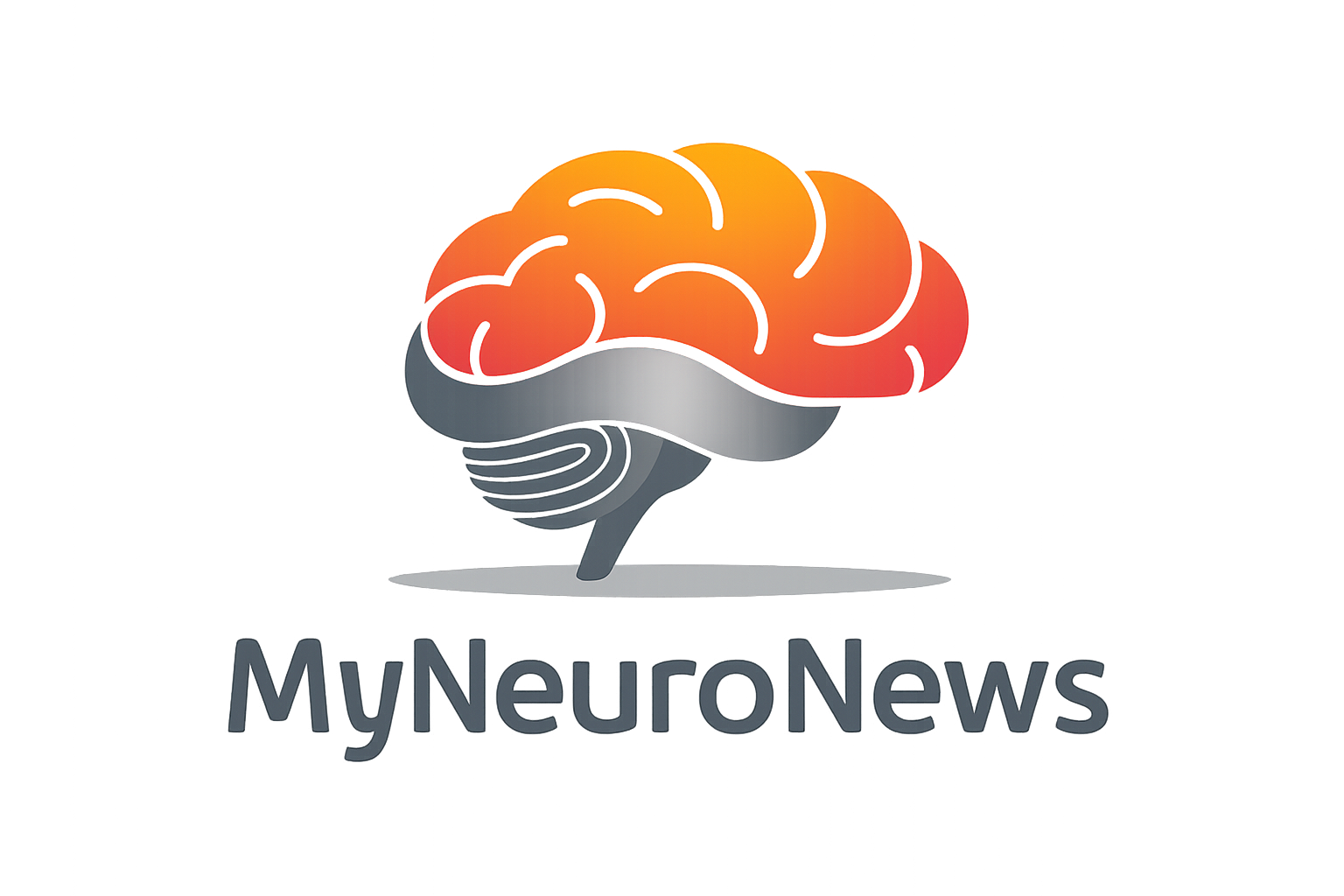Post-Concussion Syndrome (PCS) is a complex and often misunderstood condition that can arise after a mild traumatic brain injury (mTBI). Characterized by symptoms such as headaches, dizziness, cognitive difficulties, and emotional disturbances, PCS can persist for months or even years. The condition’s diagnosis and management have spurred debates, particularly around whether PCS should be classified as a functional neurological disorder (FND).
Defining Functional Neurological Disorders
Functional Neurological Disorder (FND), previously known as conversion disorder, is a condition where neurological symptoms, such as movement disorders or sensory dysfunction, occur without identifiable structural damage in the brain. FND is understood to arise from a miscommunication between the brain and body, often exacerbated by psychological factors, such as stress or trauma.
FND patients experience genuine distress, but their symptoms are not easily explained by traditional neurological findings. A hallmark of FND is the lack of consistent structural abnormalities, which contrasts with conditions like epilepsy or stroke that have clear, identifiable causes.
Post-Concussion Syndrome and Functional Mechanisms
While PCS typically follows a head injury, the symptoms can extend beyond the time when the initial trauma has healed. One of the key challenges in understanding PCS is the absence of consistent structural damage that correlates with symptom severity. Imaging studies like MRIs often show no significant findings, even when patients report debilitating symptoms. This disconnect between physical findings and reported symptoms raises the question: Could PCS, particularly its persistent forms, be considered a functional disorder?
The Functional Overlay Model of PCS, as described in recent literature, suggests that while PCS may begin with a clear traumatic event, psychological and functional factors may exacerbate and perpetuate symptoms. In this model, an initial injury triggers a cascade of both physiological and psychological responses, leading to long-term changes in how the brain processes information. Anxiety, depression, and even PTSD can overlap with PCS, making it difficult to differentiate between the psychological and neurological components.
Psychological Factors in PCS
Psychological factors play a significant role in both FND and PCS. In PCS, individuals with pre-existing mental health conditions, such as anxiety or depression, are at a higher risk of developing persistent symptoms. Similarly, individuals with high levels of stress or a strong focus on their symptoms may experience prolonged recovery times. These factors mirror the predisposing factors seen in FND, where emotional stress or trauma contributes to the manifestation of physical symptoms.
For instance, in FND, psychological stressors often act as triggers or perpetuators of symptoms, and patients frequently present with a history of prior emotional trauma or psychiatric illness. This is also seen in PCS patients who might have had pre-existing psychological vulnerabilities, which can magnify their post-injury symptoms.
The Case for Classifying PCS as an FND
Given the overlap in symptoms and the potential role of psychological factors, some researchers propose that PCS, especially its persistent forms, could be classified as an FND. Both conditions share a similar challenge: the lack of objective biomarkers. In many cases, symptoms in PCS are subjective, such as headaches, dizziness, or memory problems, and are not easily measured through traditional neurological tests. Furthermore, the treatment approaches for both conditions often involve addressing psychological components through interventions like cognitive behavioral therapy (CBT), suggesting that PCS could benefit from a functional disorder framework.
The Counterargument
However, there are important distinctions to consider. Unlike FND, which does not have a clear physiological trigger, PCS often follows a well-documented head injury. The initial trauma provides a clear cause, and in the acute phase, there is often observable damage or dysfunction, even if it resolves over time. Some critics argue that classifying PCS as a functional disorder may undermine the role of the initial physical trauma and lead to confusion in treatment approaches.
Moreover, while FND tends to involve inconsistencies in clinical presentation (e.g., symptoms may vary significantly), PCS symptoms, though subjective, often follow a more predictable pattern after a concussion. Neuroimaging studies, while sometimes inconclusive, have identified subtle changes in brain function and connectivity in some PCS patients, which adds weight to the argument that it is distinct from FND.
Conclusion: A Complex Relationship
The overlap between PCS and FND is undeniable, especially in the way psychological factors can influence and perpetuate symptoms in both conditions. The Functional Overlay Model of PCS provides a useful framework for understanding the interaction between psychological and neurological factors in PCS. However, whether PCS should be classified as an FND remains contentious. While there are shared characteristics, the presence of an initial injury in PCS may set it apart from traditional functional disorders.
In clinical practice, understanding the functional aspects of PCS can help guide treatment, particularly in addressing psychological factors that may contribute to prolonged recovery. Multidisciplinary approaches that integrate physical rehabilitation, psychological therapy, and patient education are key to managing PCS effectively.
As research continues, the relationship between PCS and FND will likely become clearer, helping clinicians better classify and treat these complex, overlapping conditions .

